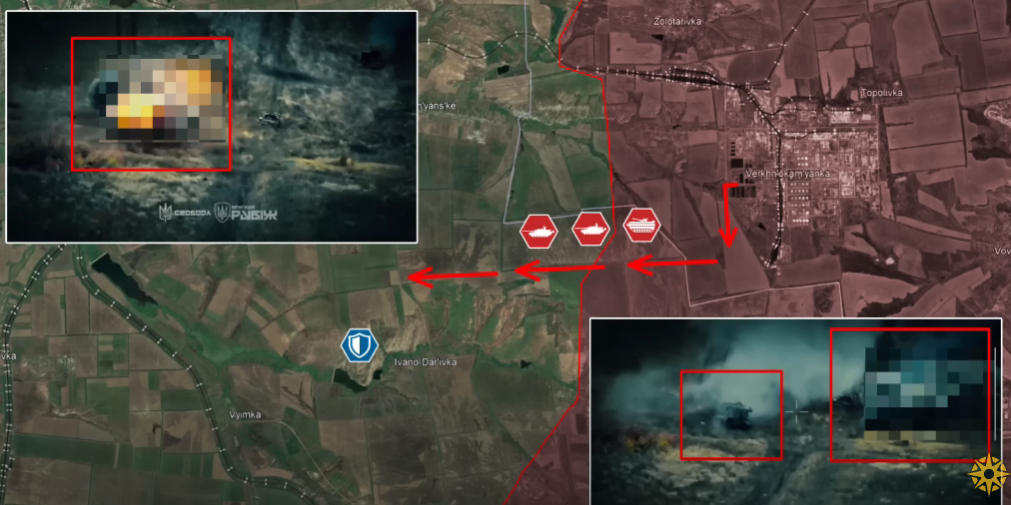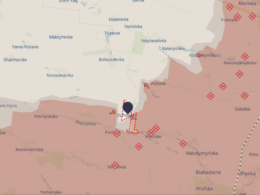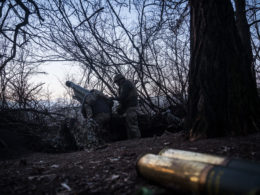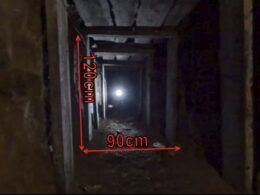Day 1001
On 20 November, there is significant news from the Siversk direction. Under mounting pressure to achieve promised results, Russian commanders launched a desperate final wave of armored vehicles to breach the Ukrainian stronghold around Ivano-Darivka.
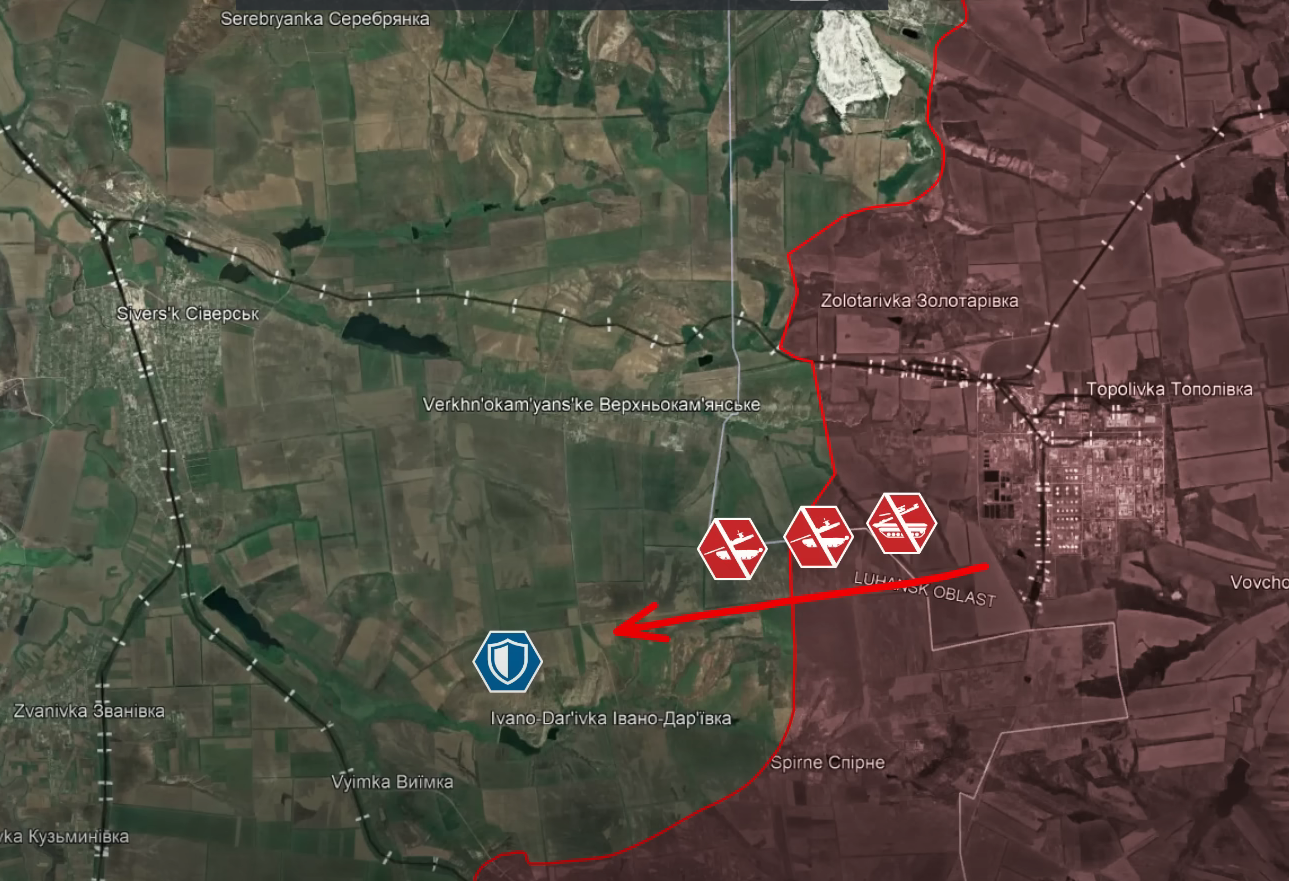
However, this move ended in such a disaster that the Russian generals were arrested and the whole Russian Sers offensive was completely cancelled.
After initial Russian attempts to storm the Ukrainian defensive positions on the hill ridge above Ivano-Dariva from the south led to heavy losses, Russian forces changed the vector of their attack to the northeast of the village.
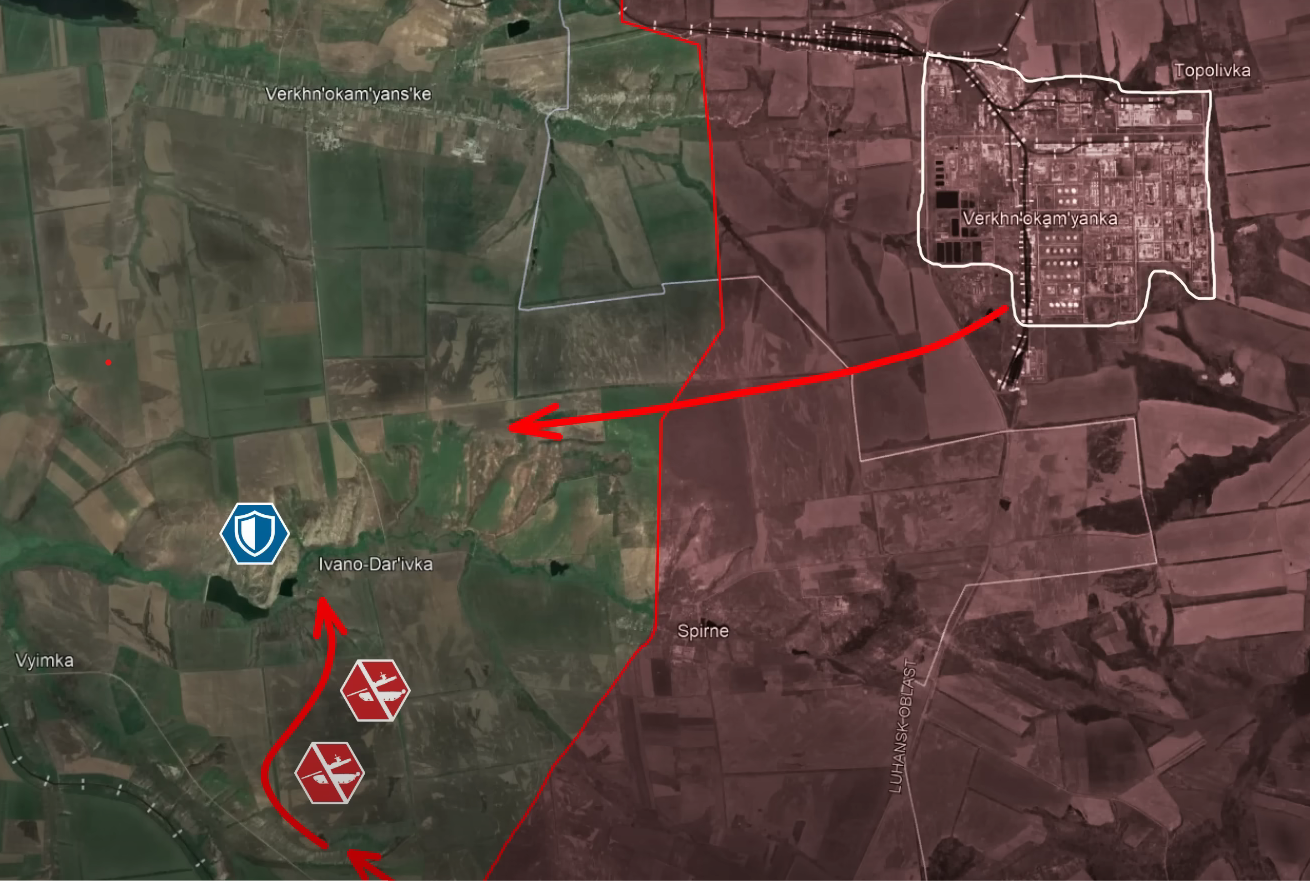
They used the Lichchans oil refinery as an operational base to gather forces, but again with no success. This renewed failure caused a backlash in Russian media, with prominent military analysts putting local commanders under heavy criticism and requesting their dismissal.
With everything on the line, the responsible Russian Command Staff in the region launched another wave of assaults in a desperate attempt to achieve some results, save their public image, and rescue their military careers.
The new assault wave consisted of a turtle tank, multiple tanks with smaller cages against FPV drones, and multiple infantry fighting vehicles. These vehicles used the dirt road from the oil refinery to reach Ukrainian positions quickly, shortening the defenders’ reaction time.
Drone operators from the Fourth Rapid Reaction Brigade Rubish of the National Guard of Ukraine released a video showcasing the strength and preparedness of their defenses. The footage emphasizes the critical role of early detection in successfully repelling enemy assaults. Typically, drone reconnaissance units conduct continuous day and night surveillance across every sector of the front line. This persistent monitoring prevents surprise attacks and ensures swift, decisive reactions—an essential factor in maintaining effective defense.
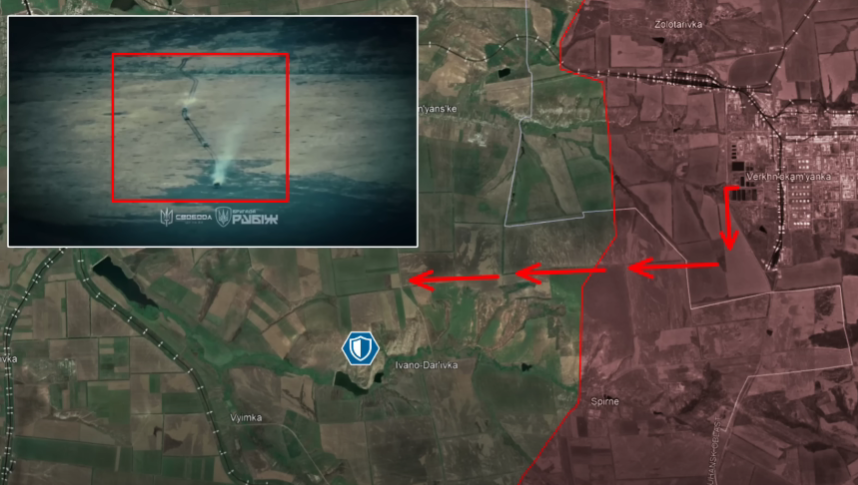
Leading the Russian column was a heavily fortified turtle tank outfitted with solid metal plating, additional protective cages, and electronic warfare systems, all designed to ensure its progress to breach Ukrainian defenses. Images reveal the moment a Ukrainian FPV drone struck the tank. Despite being shrouded in smoke from the explosion, it pressed onward.
The footage then shifts to the perspective of a kamikaze drone bypassing the next tank in the column to focus on targeting the third vehicle. This tactic maximized disruption and chaos within the Russian assault group, hindering their advance.
The turtle tank and the second tank pressed forward alone, leaving the rest of the convoy behind. Ukrainian drone operators quickly deployed additional FPV drones, inflicting further damage on the turtle tank and eventually bringing it to a halt. This forced the crew of the second tank to change direction, turning it sideways—a risky maneuver that soon proved disastrous as Ukrainian forces had enhanced the dense minefields in the area.
As a result, the second tank struck a mine and erupted in a spectacular explosion. Moments later, another tank advancing from the rear met a similar fate, exploding after being hit by a drone strike.
Following this third major setback, outcries from Russian military bloggers grew so intense that the Russian Ministry of Defense was compelled to arrest and remove several high-ranking officers within the Third Combined Arms Army overseeing the sector of the front line. Among those dismissed were the Army’s Commander, the Chief of Staff, and the commander of the Seventh Motorized Rifle Brigade. They were charged with submitting false reports to their superiors and orchestrating poorly conceived assaults near Siversk.
This series of failures resulted in hundreds of Russian casualties, with many wounded soldiers dying on the battlefield without evacuation, while Ukrainian strongholds remained intact and their defenders suffered no losses.
Sources within the Russian military revealed that authorities also removed the commanders of several unnamed battalions and are investigating the Sixth and 123rd Motorized Rifle Brigades of the same Army group for concealing losses and misrepresenting the situation in this sector.
The Russian military command initially ignored the outcry from analysts and bloggers. Acting on reports from local commanders, they visited a settlement in the region, believing it had already been captured by Russian forces, only to discover this was not the case. To cover up their mistake, the officers on the ground staged interviews with war correspondents to back up their false reports. This only fueled further outrage among the High Commands once the deception came to light.
Overall, Ukrainian defenders near Siversk have once again demonstrated the strength and effectiveness of their well-structured, multi-layer defense by destroying another Russian assault group.
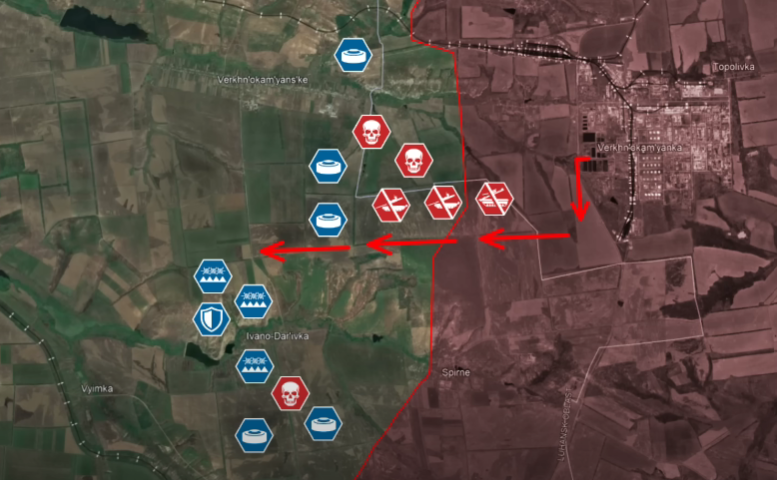
The heavy losses in the region have steadily increased tension within the Russian military command, which had already begun suspecting local officers of falsifying reports. With the latest wave of assaults coupled with the arrest and removal of commanders from the Third Combined Arms Army, Russian forces and their command structure are now in disarray, and the Sers offensive has been suspended. This turmoil offers Ukrainian forces a great opportunity to strengthen their defenses, improving their position for the near future.
In our daily frontline report, we pair up with the military blogger Reporting from Ukraine to keep you informed about what is happening on the battlefield in the Russo-Ukrainian war.
Read also:
- Frontline report: elite Ukrainian brigades obliterate Russian marines and North Koreans in counteroffensive with tanks and anti-tank mines




